|
Beehives of Invention Edison and His Laboratories |
 |
Crucibles of Creativity: The Labs (continued)
By 1884 he was a young 37 but no longer the devil-may-care rebel loner. He was a millionaire responsible for a huge industrial enterprise centering around the electric light. He was a national figure and the hero of a generation. But tragedy struck in August 1884; his wife Mary died of typhoid fever at the age of 29.
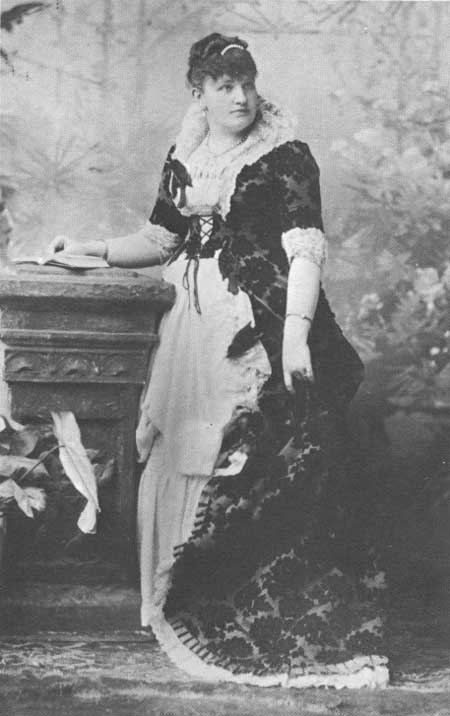 Mary Stilwell Edison and the inventor had a daughter, Marion Estelle, and two sons, Thomas A. Jr. and William Leslie. |
He had married Mary Stilwell in 1871, when she was an employee in his Newark shop. He was 24 and she was 16. Their years together were marked by long hours of solitude for Mary Edison, for he found his greatest meaning in life in the laboratory, not the home. She was often bored and lonely, even with her children, although she enjoyed the prominence of being the wife of one of America's most famous men. A woman of simple tastes and education, she tended to reinforce Edison's notion that women were inferior to men. But Edison loved her and was crushed with grief when she died.
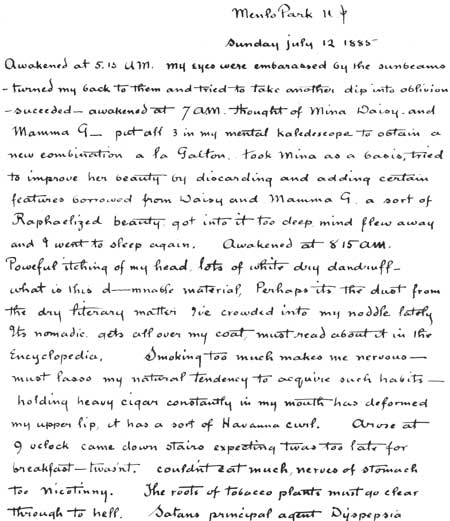 On the first page of the brief diary he kept in July 1885, Edison muses about Mina Miller, dandruff, and smoking. |
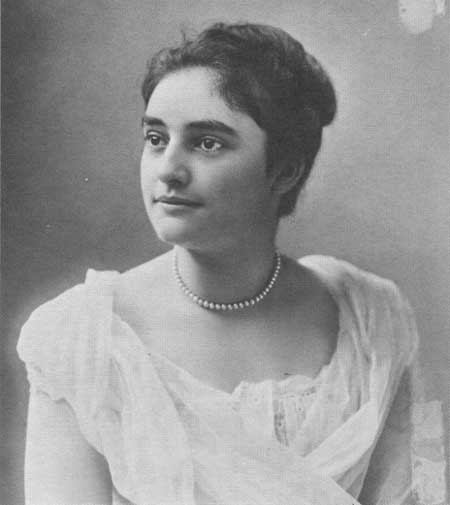 Mina and Thomas Edison had a daughter, Madeleine, and two sons, Charles and Theodore. |
It is always a temptation to think in terms of turning points in a man's life and to oversimplify the changes which apparently stem from an event. The temptation exists with Edison's life at this point. In a sense, his wife's death marked the end of Edison's youth and of the Menlo Park lab, to which he rarely returned again. For a brief period his interests changed. The short diary he kept during July 1885 reveals a man seeing and appreciating more of life than hard work, a partial crack in the Victorian sanctification of eternal labor. He was filled with a new appreciation of the nonindustrial world around him, a world of people, natural beauty, poetry, the arts. It was during this period that he met young Mina Miller, who married him the next February and who proved to be the ideal wife for his new station in life, a man of fame, wealth, and middle age. He bought her an estate, Glenmont, in Llewellyn Park, and a new phase of his life began.
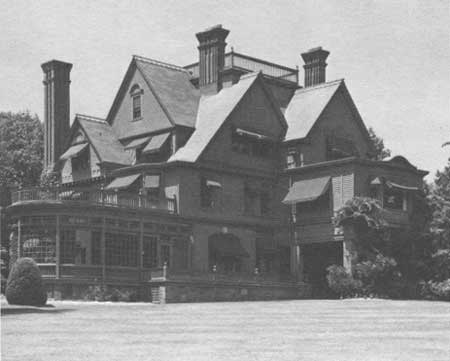 They lived at Glenmont, a large, brick and wood estate near the laboratory. |
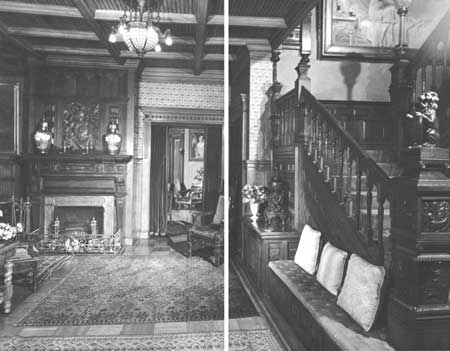 The foyer gives an idea of the massive scale and ornateness of the house. "Red mahogany, cunningly wrought, enters into the composition of floor, walls, and ceiling, affording an effective background for the glowing Eastern fabrics which abound," is the way W. K. L. and Antonia Dickson described the entry hall. |

|

|
|
|
|
Last Modified: Thurs., May 19 2005 10:00:00 am PDT |


